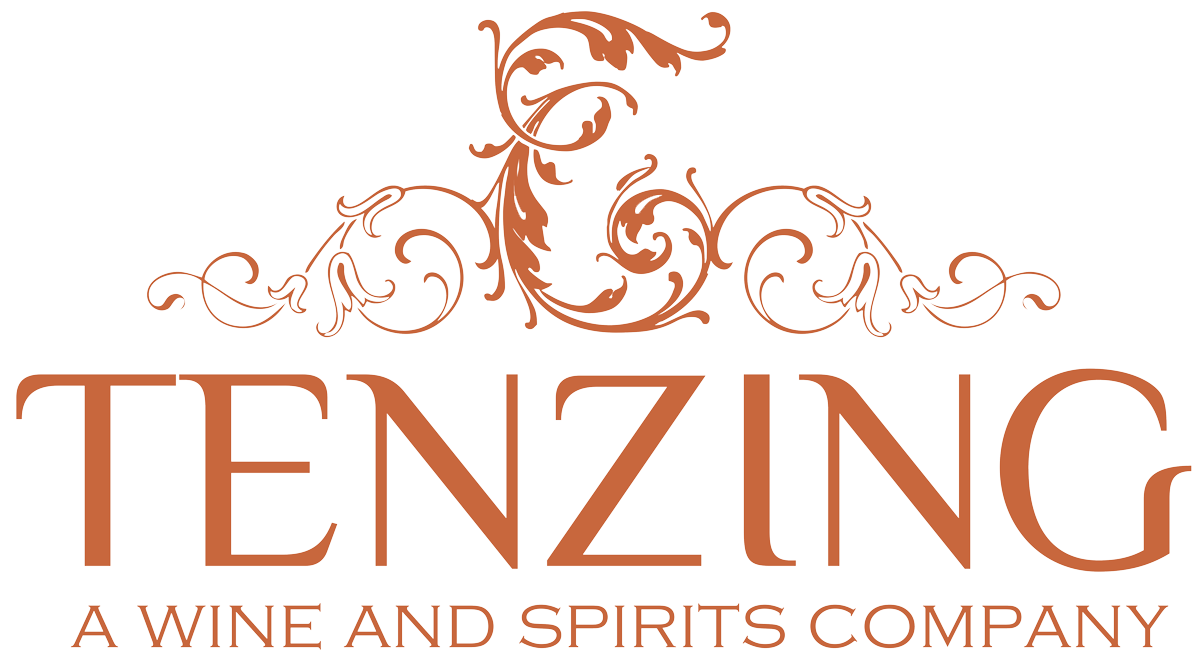Characteristic wines of Châteauneuf-du-Pape
The Domaine des Sénéchaux produces robust reds and fleshy whites that reflect a rich terroir and uncompromising expertise, in the heart of Châteauneuf-du-Pape.
Domaine des Sénéchaux red
The parcels that produce the Domaine des Sénéchaux red wine are south and south-west facing and composed of quartzite pebbles. Vines are planted on three distinct soil types: pebbly clay-limestone, deep sandy soils and molasses-safre sandstone.
Close pruning, plowing, organic fertilizers, de-leafing... Under the responsibility of Bernard Tranchecoste, the technical team at the Domaine des Sénéchaux maintain the 24 hectares of vines with meticulous care and attention. Yields are restricted to 30 hectolitres/hectare.
In order to ensure smooth tannins and produce a red wine that is characteristic of the Châteauneuf-du-Pape appellation, an intense work of cap-punching, 'rack and return' and gentle pumping over is carried out at the beginning of the vatting period. The wines are aged in a variety of wooden containers such as tuns and one-wine and two-wine barrels.
The Domaine des Sénéchaux red wine is unfiltered and composed of 64 % Grenache, 19 % Syrah, 15 % Mourvèdre and 2 % Vaccarèse-Cinsault.
Domaine des Sénéchaux white
Situated on the commune of Châteauneuf-du-Pape, the white grape varietes count for 9 % of the total surface under vine for the Sénéchaux vineyards. The vines are exposed south, south-west and their surface soils consist of sandy clay-limestone.
White vines are treated with the same care and attention as the red wines. The press is filled using a gravity system and the grapes are crushed gently. The Roussanne and Clairette varieties undergo skin maceration. Cold settling is then followed by temperature controlled vinification (18° C).
The Domaine des Sénéchaux white wine is made from 33 % Roussanne, 29,5 % Grenache Blanc, 29,5 % Clairette and 8 % Bourboulenc
2013 Vintage
The fine weather at the beginning of the winter encouraged a rapid bud burst. During the spring, the vines grew vigorously: Flowering went well and parasite pressure remained limited. The load on the varietals as a whole was considerable. Green harvesting therefore had to be maintained to control yield and help improve maturity. The weather changed in late July and early August, and downy mildew appeared in the vineyard and outbreaks of botrytis developed. The mildew was checked and kept under control, and green and healthy foliage was maintained. The technical team then decided to wait for the optimal maturity of the grapes before beginning the harvest: The Syrah were picked from 14 September, the Grenache from the 18th, and the Mourvèdre from the 30th. The triage carried out during harvesting was increased, but this rigorous work was conducive to obtaining a quality vintage.
Brilliant garnet color, with crimson glints. Very expressive nose: fruity and licorice notes with subtle roasted aromas. The attack is full-bodied and racy, and a silky palate reveals a structure that is full of finesse and balance: with delicate woody, toasted notes mingling with intense aromas of red and black fruits. Long, fresh and aromatic finish.
Click below to view prices on SevenFifty.
2013 Domaine des Sénéchaux Châteauneuf du Pape Blanc

